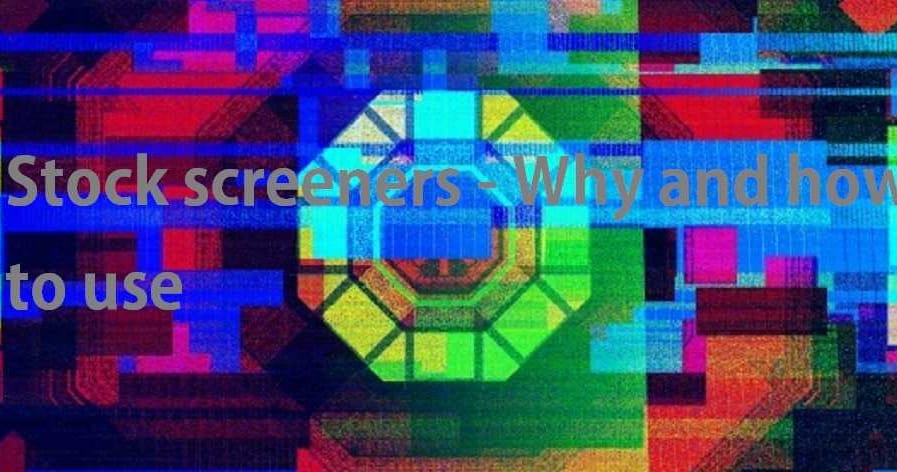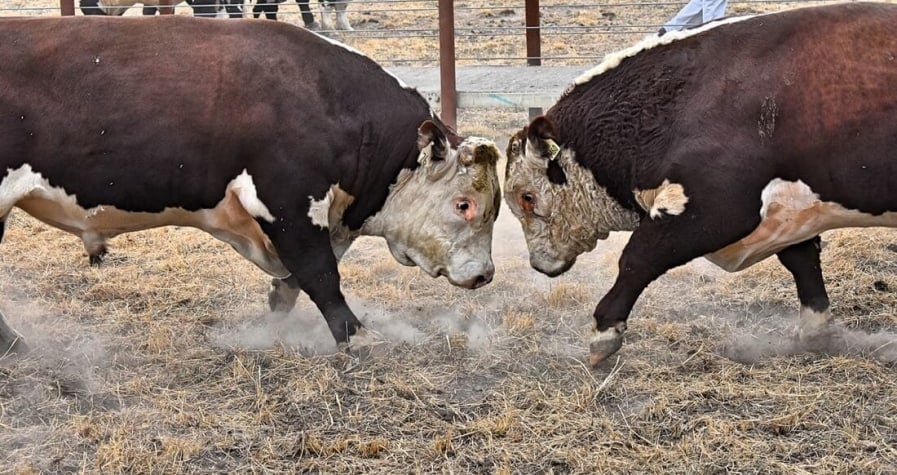How to Calculate Stock Market Capitalization

Market capitalization represents the valid measure of a company’s value. The calculation is simple and easy but helpful.
By Guy Avtalyon
Stock market capitalization or market cap represents the total value of the company’s outstanding shares on the market. As you can find in our Trading dictionary, this is the market value of a publicly-traded company’s outstanding shares.
It is essential for every investor and whoever enters the stock market should know this. You can often hear or read about stock market capitalization in the news, books, or when financial experts are talking about it. But if you want to enter the stock market or you are already there but without experience, it is so important to understand what the stock market capitalization is.
Why is the stock market cap important? How to use it? Can we calculate it? What does it tell us about a company? Take it easy! We will answer each of these questions and more.
First of all, you can’t find a better measure of a company’s size than the market cap is. If you don’t know the size of the company how can you know what you can expect from its stock?
Luckily, the stock market capitalization is easy to calculate. The whole process is simple and everyone can learn it easily.
Understanding market capitalization
Market cap rates a company’s worth on the stock market where it is publicly traded. But also, it shows the stock market’s opinion of a company’s prospects because it reveals how much investors want to pay for its stock.
Let’s say you want to create an investment strategy. Well, you cannot do that without knowing about the company’s size, risks, returns. Only by having all this data you can create an investment strategy that will help you to achieve your long-term investing goals. Moreover, by knowing the market capitalization of some company you’ll be able to balance and diversify your investment portfolio with a mixture of different market caps.
To repeat, a stock market capitalization notes the total value of all shares of stock of some company. Or simpler, it is how much it can cost you to buy all shares of the stock of a company. Of course, at the current market price.
How to calculate the stock market capitalization?
The formula is very simple and clear. It isn’t like some other market data full of fabrications, twists, frauds. To calculate the stock market cap you’ll need two data. One is the number of shares outstanding and the other is the current stock price.
Once you have all the data, it’s quite simple.
The current shares outstanding x the current stock market price = The stock market capitalization
Simple as that.
But we will give you an almost real example.
Let’s say some company has 5 million shares of stock outstanding and its stock trades at $50 per share. Assume you would like to buy all of them.
5 million x $50 = $250 million
So, you would need $250 to buy every single share of this company. Wall Street would say that the stock market cap of this company is $250 million.
Can you see how simple it is? All you have to do is to gather two figures and multiply them.
Why is this so important concept?
Some would say that this measure has the strengths and weaknesses and such people would be right. And here is why.
If you want to compare one company versus others, the stock prices can give you the wrong picture. Stock market cap will never take into account capital structure specifics and that is what may let the share price of one company to be higher than others. On the other hand, it is good because this provides investors to assume the relative sizes of the companies.
For example, an investor would like to compare the company ABC to the company XYZ.
ABC company’s stock price is, for example, $20 with a market cap of $300 million.
XYZ company’s stock price is $200 and its market cap is $150 million.
Which stock to buy? Cheaper or expensive?
And it’s time to explain this dilemma and how to solve it.
Sizing up stocks
There’s a typical misunderstanding that a company’s stock price is more important than its market capitalization. This mistake happens to new investors. Market capitalization is the main factor when you’re deciding a stock. It can tell you about the value of a company.
How is possible the stock with price at $200 worth less than stock with price at $20?
What you have to avoid is a misconception that the per-share price of a stock will give you any perception of the value in comparison to the other stock. It will never do that. It practically gives no insight to investors. The stock price is something very changeable and various companies have a different amount of outstanding shares. So, don’t pay attention to the per-share stock price since it will not give you even a hint about the value of the company. For that, you’ll need to know the market capitalization figure. We already explained how to calculate the stock market cap.
Market cap measures a company’s size, and size will show you what to expect from its stock if you buy them.
The large companies are more stable, they have proven themselves over time. But here is the tricky part, large companies are limited. Frequently, they have no room to develop further.
As a difference, small companies have plenty of room to grow. At the same time, smaller companies are new, its business is riskier and yet have to prove themselves. Their chances of failure are higher.
Stock market capitalization ranges
Companies are ranged in one of three large groups based on their size. So we have large-cap, midcap, and small-cap.
Large-cap: Market value of $10 billion to $200 billion; usually older, famous companies.
Mid-cap: Market value of $2 billion to $10 billion; these are the companies expected to endure fast growth.
Small-cap: Market value of $300 million to $2 billion; these are young companies usually from emerging industries and new technologies.
But also, we can recognize mega-cap with more than $200 billion, on the top of this range and micro-cap of $50 million to $300 million, on the bottom of this range.
The impacts on market cap
Actually, there are several factors. First of all, important changes in the value of the shares since it can change the number of issued shares. No matter if it is up or down. For example, the exercise of warrants on a company’s stock could boost the number of outstanding shares. That can reduce its current value because the exercise of the warrants is performed lesser than the market price of the shares. Hence, it is reasonable to expect an impact on the company’s market cap.
The market cap will not be changed after a stock split or a dividend. Well, the stock price will decrease because the number of shares outstanding increased after a split. For example, the share price can be halved. Despite the fact that the number of shares outstanding and the stock price is altered, the market cap will stay the same. The same comes with a dividend. When the company issues a dividend, the number of shares will increase but the market cap is the same.
Build a portfolio by using market capitalization
You can divide your portfolio by market-cap size. The smaller companies grow faster, but big, well-known companies provide more stability, also pay dividends. If large caps are decreasing in value, small caps or midcaps may increase and help recompense losses. To build a strong portfolio with a decent mix of small-cap, mid-cap, and large-cap stocks, you have to determine your investment goals, time horizon, and risk tolerance. A diversified portfolio that holds different market caps can reduce the risk and help your long-term financial intentions.





